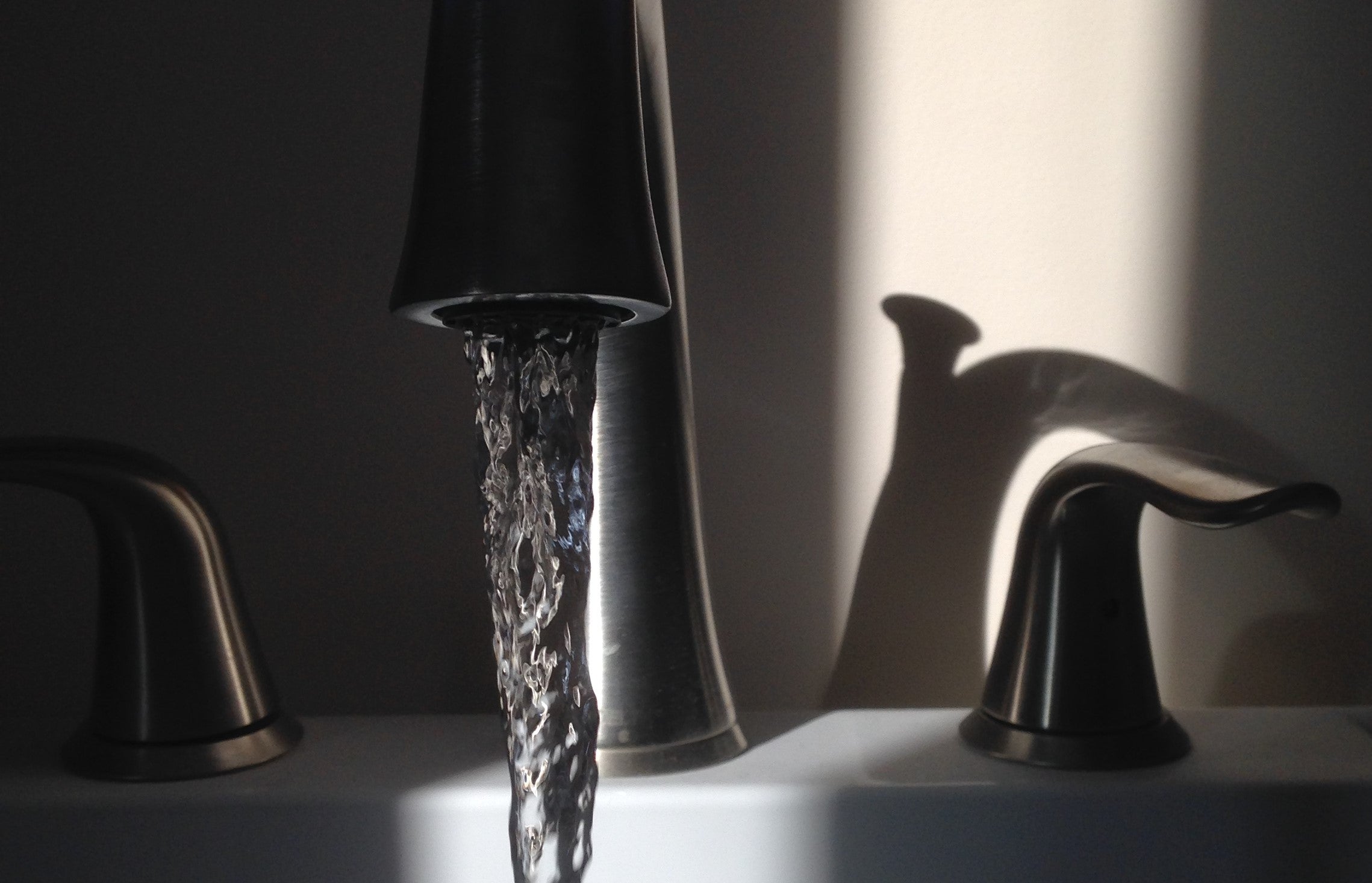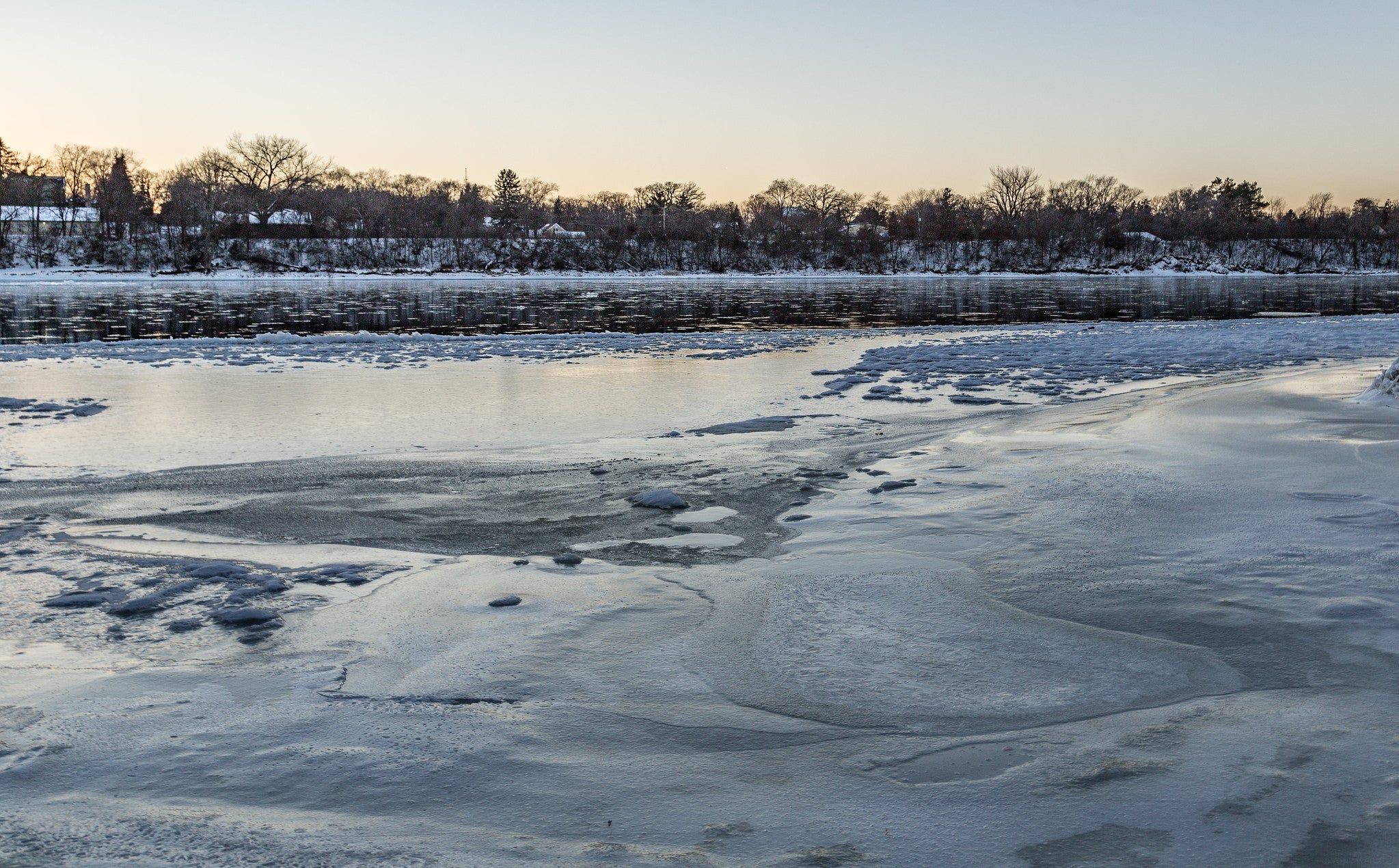A report released Thursday examines the health of the Mississippi River in the Twin Cities area. The National Park Service and Friends of the Mississippi River released the State of the River Report.
There is good news and bad news for the upper Mississippi River. The good news is water quality has improved since the Clean Water Act was introduced 40 years ago and fish populations have diversified. The bad news is that sediment and phosphorous build up continue to be an issue, especially in Lake Pepin. New chemical compounds are being detected in the river, ones like triclosan. It is a chemical found in most anti-bacterial products and when it combines with chlorine or sunlight, it can produce dioxins.
University of Minnesota Civil Engineering Professor Bill Arnold says its levels are on the rise in Lake Pepin. “Triclosan is just kind of a representative chemical of the hundreds of products we use in our house. All of them go down the drain, and they’re not completely removed and they’re all getting into the environment. So we don’t know the effects of a lot of these chemicals and what the effect of putting this mixture of chemicals is.”
Stay informed on the latest news
Sign up for WPR’s email newsletter.
What happens to the Mississippi River in the Twin Cities area can affect the entire system downstream.
Paul Labovitz is the National Park Service’s Mississippi National River and Recreation Area Superintendent. He says people tend to forget that the Mississippi is a drinking source for millions of people. “If it’s dirty and it gets dirtier on the way down, it gets that much more expensive to bring it into people’s homes as clean, fresh drinking water. And that’s just a fraction of the impact on people that a Mississippi River that’s dirty can have.”
Labovitz says the upper Mississippi is still fairly clean.
Wisconsin Public Radio, © Copyright 2024, Board of Regents of the University of Wisconsin System and Wisconsin Educational Communications Board.





